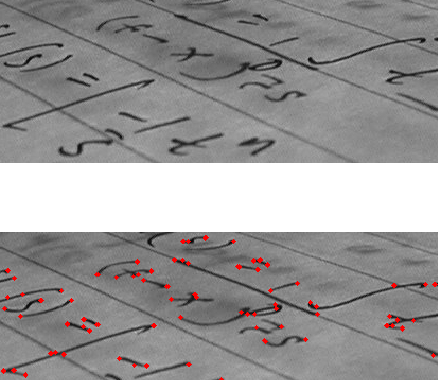Understanding Optical Character Recognition (OCR)

In today’s fast-paced business landscape, automation has emerged as a key driver of efficiency and productivity. One of the most transformative technologies facilitating this shift is Optical Character Recognition (OCR). OCR technology, once primarily used for document digitization, has evolved into a powerful tool for streamlining business processes across industries. From data extraction and invoice processing to document management and compliance, OCR offers a wide range of applications that can revolutionize how organizations operate.
At its core, OCR is a technology that converts different types of documents, such as scanned paper documents, PDF files, or images, into editable and searchable data. By leveraging advanced algorithms and machine learning techniques, OCR software can accurately recognize text characters, symbols, and even handwriting within digital images.
Transforming Business Processes
Data Extraction and Entry:
OCR technology enables businesses to automate the extraction of critical data from various documents, eliminating the need for manual data entry. Whether it’s extracting customer information from scanned forms, capturing data from invoices, or digitizing handwritten notes, OCR streamlines the process, reduces errors, and accelerates data entry tasks.
Invoice Processing:
Manual invoice processing is often time-consuming and prone to errors. OCR automates this process by extracting relevant information such as vendor details, invoice numbers, dates, and amounts from scanned invoices. This not only speeds up invoice processing but also improves accuracy and compliance with regulatory requirements.
Document Management:
With the exponential growth of digital documents, efficient document management is essential for organizational productivity. OCR technology facilitates the indexing, classification, and retrieval of documents, enabling businesses to organize and access information seamlessly. By converting paper-based documents into searchable digital formats, OCR enhances document collaboration and workflow automation.
Compliance and Regulatory Requirements:
Many industries face stringent regulatory requirements regarding data handling and document retention. OCR plays a vital role in ensuring compliance by digitizing and indexing documents, making them easily accessible for audits and compliance reporting. By automating compliance-related tasks, organizations can mitigate risks and streamline regulatory compliance processes.
Customer Service and Engagement:
OCR-powered automation enhances customer service by enabling quick and accurate processing of customer inquiries, forms, and requests. Whether it’s extracting information from support tickets, processing application forms, or automating email responses, OCR streamlines customer interactions, leading to improved satisfaction and loyalty.

Implementing OCR for Business Process Automation
Successfully implementing OCR for business process automation requires careful planning and execution:
- Identify Key Processes: Identify the business processes that can benefit most from OCR automation, such as data entry, invoice processing, or document management.
- Choose the Right OCR Solution: Select an OCR solution that aligns with your organization’s needs, considering factors such as accuracy, scalability, integration capabilities, and compliance requirements.
- Integration with Existing Systems: Ensure seamless integration of OCR technology with existing systems and workflows to maximize efficiency and minimize disruption.
- Data Quality and Accuracy: Invest in OCR solutions that offer high accuracy rates and robust validation mechanisms to ensure data quality and minimize errors.
- Continuous Improvement: Continuously monitor and refine OCR processes to optimize performance, enhance accuracy, and adapt to evolving business needs.
Conclusion
Optical Character Recognition (OCR) technology holds immense potential for transforming business process automation across industries. By automating data extraction, document processing, and compliance tasks, OCR streamlines operations, improves efficiency, and enables organizations to focus on value-added activities. As businesses embrace digital transformation, OCR emerges as a critical enabler of agility, innovation, and competitive advantage in today’s dynamic business environment. Embrace OCR today and unlock the full potential of automation for your organization’s success.
